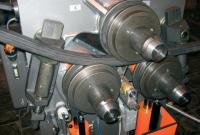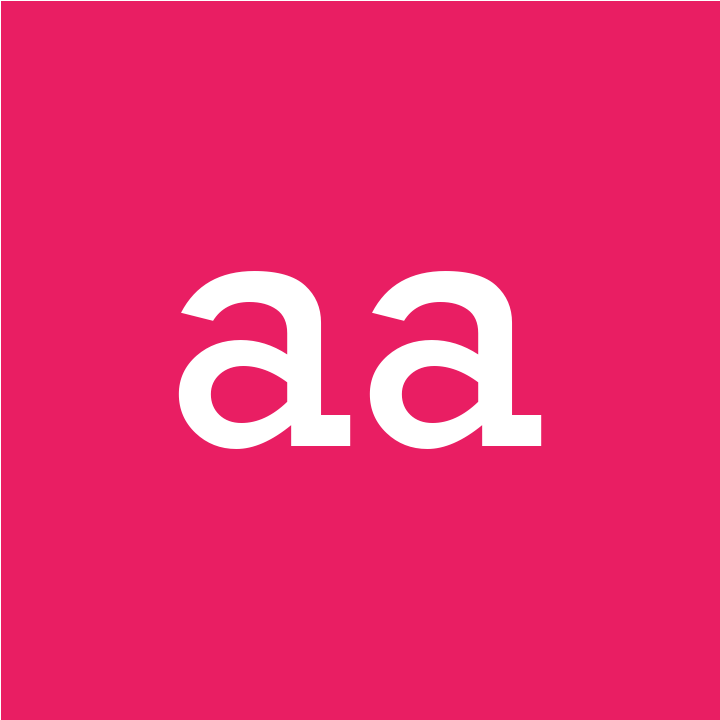Categories
- All Categories
- Manufacturing Technologies
- Web Development / Web Management
- Hardware
- 3D Technologies
- Construction Technologies
- Business Technologies
- Software
- E Business
- Other
- Applications Development
- Consumer Electronics
- Industrial Technologies
- Telecommunications
- Internet
- Medical Technologies
Tags
-
#Adjustable Industrial
#Social Media
#Thermal printer
#large format scanner
#Self-Lock Scaffoldings
#Web Designing Services
#Data Entry Services
#SEO
#hotel software
#hotel technology
#Heavy Duty Work Benches
#plasma cutting services in Gauteng
#internet marketing company toronto
#gillsolutions
#Stainless steel plate finishes
#forex trading
#finance
#custom cabinet designs
#kitchen appliances
#profile bending
#stainless steel sheet finishes
#email large files
#digital menus for restaurants
#palisade fencing Cape Town
#digital marketing companies in Cape Town
#ERP software for the logistics industry
#cyber security service
#TikTok Lite App on AllBestApps
#content writing service provider
#best areas to stay in Budapest
#ERP implementation in companies
#data conversion services
#heavy-duty utility carts
#fireplace inserts
#volumetric piston filling machines
#Advanced Process Control
#Hair Transplant Turkey
#large file transfers
#fireplace suppliers
#hearing aids
#stainless steel cabinets
#digital marketing training in kolkata
#PPC marketing
#lead generation
#rf microneedling near me
#laminar flow
Archives
Varieties of Profile Bending Measures
-
A ‘profile bending machine’ is something which is normally used to cold-bend profiles of various shapes and sizes. Defined simply, it is a process of manufacturing which is likely to produce a V or U-shaped straight axis in metals that are malleable or ductile. Some of the most frequently used equipment is: Box and Pan Brakes, Brake presses, Machine Presses and a lot of other machine types. Some of the most frequent objects which are made from this material are electrical enclosures and ductwork.
The main process of doing the work is brought about by positioning of a work piece over the die block and then pressing the die block over the sheet to form a shape. In order for the shape to take place, the tensile and compressive stresses have to be overcome by the bending. During bending, potential and residual stress would cause the material to bounce back to the position it previously was in. Therefore, the sheet must be bent over in a position that can be used to achieve a proper bend angle; though this spring is generally dependent on the type of material use and the forming. The “bend deduction” is defined by the inside radius when the plate is curled. (Information Credit – http://southendscaffolding.co.za/profile-bending)
There are a lot of different types of profile cutting and profile bending services:
Air Bending: Here, material is formed by pressing a punch or a top die into the material which forces it to form a V-die shaped block, which is then put on the press. It is the punch that mainly forms this bend shape, as a result of which, the distance between the punch and the V is greater than the actual thickness of the material. The bottom tool, however, need not have the same radius as the punch.
Bottoming: While doing this, the sheet is pressed against the V-shaped opening in the bottom tool. There’s one thing that needs to be kept in mind: ‘U’-shape openings should never be used; and a lot of space needs to be left between the sheet and the bottom of the ‘V’-opening. In case the bend radius is large, it would require a force equivalent to the amount of force used on a larger radius in case of air bending. Bottoming has huge advantages in the respect that it requires much greater accuracy and far less spring-back power.
Coining: When we’re talking about “coining”, we mean the action of a top tool forcing down the impress material into the bottom die with a huge amount of force, multiple times the force that is required in air bending. Also, it causes permanent deformation in the street. Springback is little to zero. A huge advantage of using “coining” as a bending tool is that, it has high precision. But it is not used very often owing to its huge cost.
Folding: Clampers are used to hold the longer sides of the sheet, while the beam goes high up and wraps the sheet around the bend profile. The sheet can be moved up and down at will, permitting formation of varied bend angles.















Share this page with your family and friends.